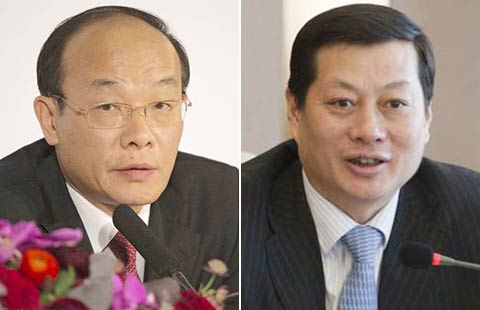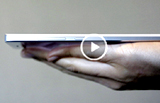More rate cuts on the way, say analysts
By Dai Tian (chinadaily.com.cn) Updated: 2015-05-11 14:53The downward trend on interest rate is set to continue, with more rate cuts on the way, said analysts, amid the central bank's move to slash financing cost for the third time in six months.
Haitong Securities, the country's second-largest brokerage, expects there will be at least another four rate cuts in the future.
The People's Bank of China announced a 25 basis points rate cut on Sunday, lowering the one-year benchmark lending rate and deposit rate to 5.1 and 2.25 percent respectively.
The downward trend on interest rate will be reinforced, said Jiang Chao, chief macro analyst of Haitong Securities, in a note on Monday, adding that the disinflation risk remains.
China's exports fell 6.2 percent year-on-year in April, while imports slid 16.2 percent. The country's consumer price index (CPI), a main gauge of inflation, grew 1.5 percent year-on-year in April, slightly rebound from March.
When GDP growth falls to the lowest level in 25 years, lending rate tends to follow, said the analyst. "The lending rate at the end of March was 147 bps higher than historic low."
Jiang said the rate cut is inevitable, as the government doesn’t intend on quantitative easing.
Ma Jun, chief economist with the research bureau of the PBOC, dismissed on April 29 the speculation of China's QE, saying there is no need for the central bank to buy new government debts directly and it has a series of effective tools to adjust liquidity, including directional refinancing, interest rates and reserve requirement ratio.
Guan Qingyou, executive director of Minsheng Securities research institute, also expects further rounds of rate cuts, as the "interbank liquidity has been eased and price measure proved workable."
The Shanghai interbank offered rate, or Shibor, for three-month yuan loans dropped 6.35 basis points to 3.735 percent.
Despite the evident effect of the rate cut in the financial markets, its effect on China's real economy is less clear, said Hong Hao, chief China strategist with BOCOM Group Holding, in a note on Monday, adding that the real effective interest rate is still very high after taking into account of the disinflationary pressure and weak housing prices, and loan growth remains sluggish.
The lending rate cut is intended to drive down financing costs and support the development of the real economy, said the central bank in a statement on its website.
The interest rate cuts are also accompanied by deposit rate liberalization. The upper limit of the floating band of deposit rates is being increased to 1.5 times the benchmark from the previous 1.3 percent.
- Trainmakers seek delisting from the Shanghai exchange ahead of merger
- Stars make huge profits from stock market increase
- Nation must lend support to amateur inventors
- Yizumi is molding a great future overseas
- China auto sales contract sharply in April
- Top 10 world's biggest public companies
- Baidu starts internal probe into 3 top managers
- Bourses regain lost momentum

















